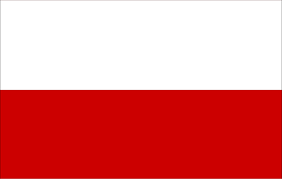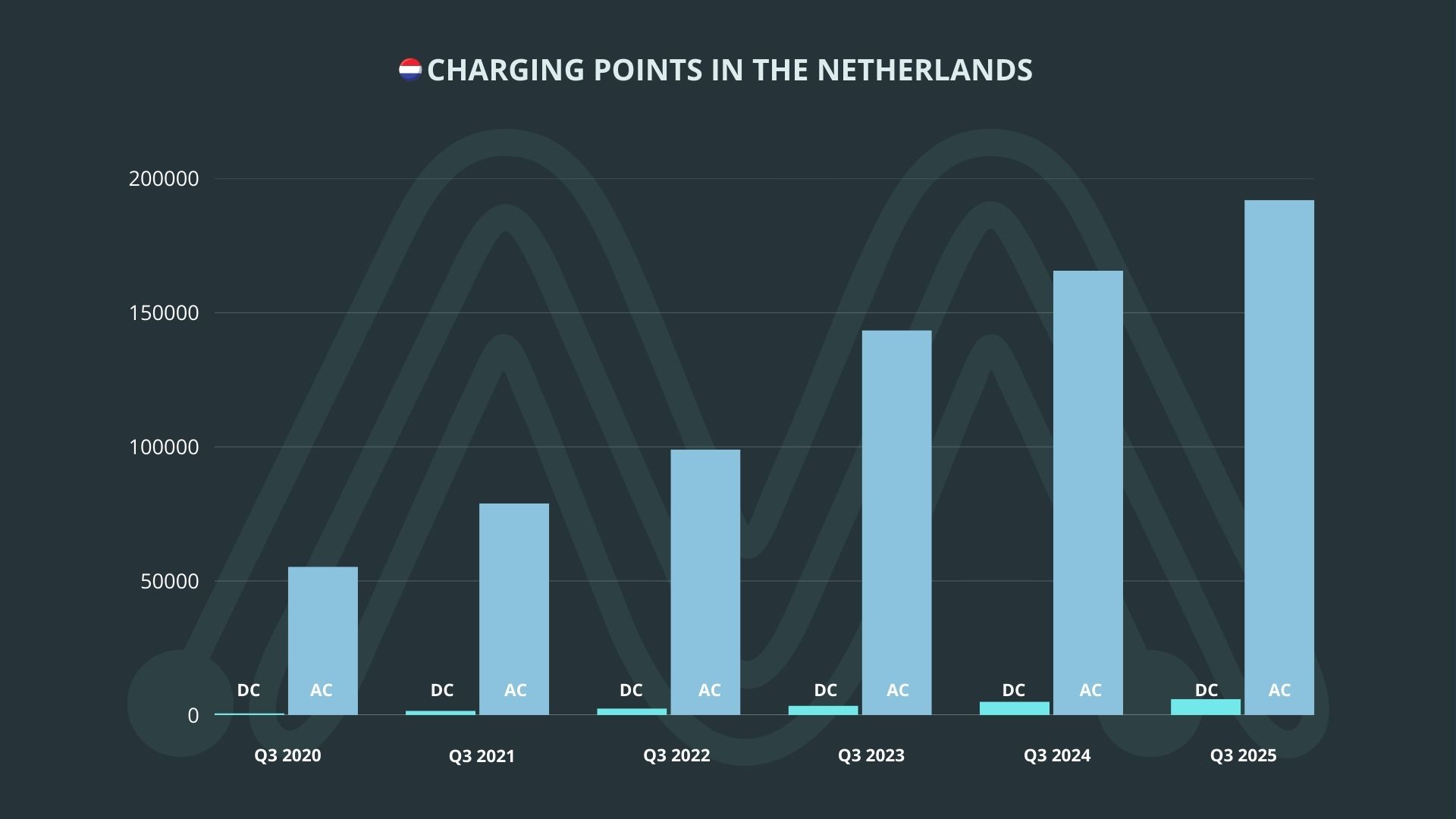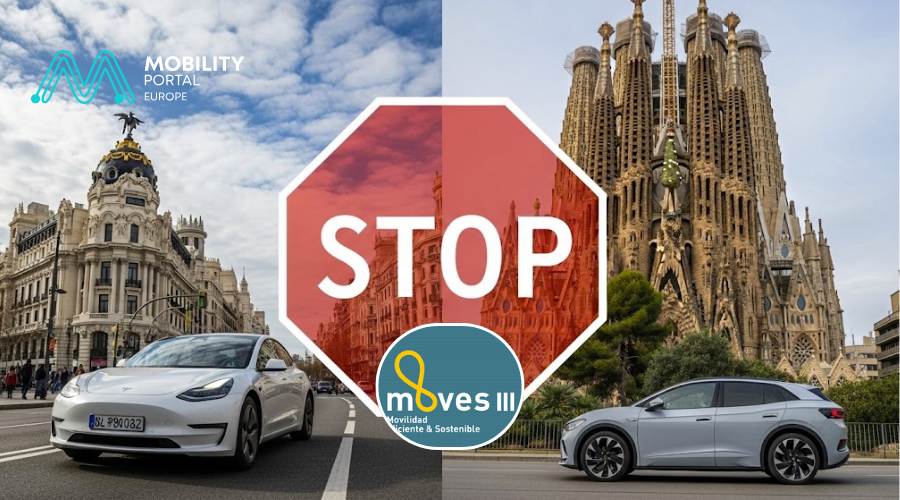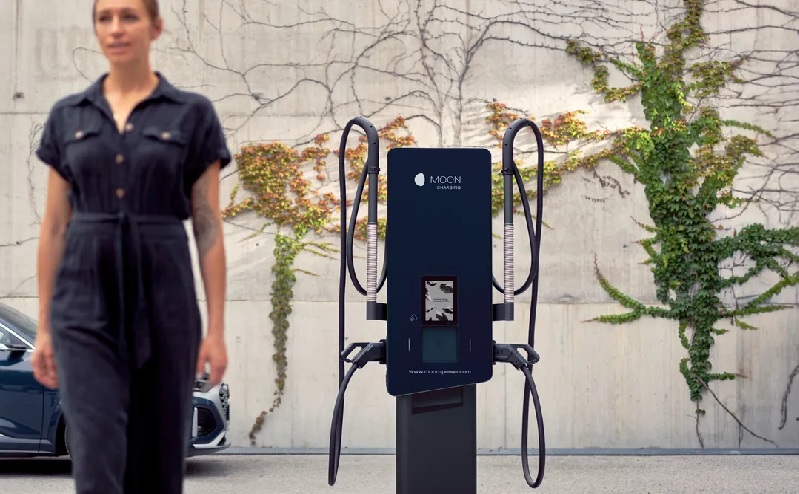As of the end of July 2025, Poland recorded a total of 103,503 registered battery electric vehicles (BEVs), marking a 65 per cent increase compared to the same period in 2024.
Between January and July 2025, the number of BEVs in the country grew by 23,243 units. The total fleet of electric vehicles includes 94,017 passenger units and 9,630 vans and trucks.
In addition, 92,573 plug-in hybrid electric vehicles (PHEVs), 26,236 electric motorcycles and mopeds, and 1,613 zero-emission buses are registered in Poland.
“July 2025 marks a historic milestone. For the first time, the number of registered zero-emission vehicles in Poland has exceeded 100,000,” states Jakub Faryś, President of the Polish Automotive Industry Association (PZPM).
He adds: “We expect that the planned expansion of the ‘NaszEauto’ programme by the Ministry of Climate and Environment – to include subsidies for the purchase of commercial vehicles and the extension of the application period – will help maintain the current growth momentum.”
Regarding charging infrastructure, by the end of July 2025 Poland had 10,730 publicly accessible points.
Of these, 34 per cent were direct current (DC), while 66 per cent were alternating current (AC) chargers with a power output of 22 kW or less.

“The Polish e-mobility sector is clearly prioritising the development of DC fast-charging infrastructure,” says Jan Wiśniewski, Director of the Centre for Research and Analysis at PSNM – We drive new mobility!.
The number of new DC points installed in 2025 is almost equal to the number of new AC points.
Ultra-fast chargers of at least 150 kW are now available at nearly 350 locations across the country.
“Since January, the share of DC infrastructure has increased from 31 per cent to 34 per cent – a higher proportion than in Germany, where fast chargers account for 25 per cent of the network,” indicates Wiśniewski.
READ MORE
-
Netherlands nears 200,000 chargers: “Government aims to support EV adoption”
Charging infrastructure in the Netherlands makes up nearly 20% of the EU total. While no direct national profits are expected in 2025, local municipalities play a key role in its expansion.
-
MPD: Madrid and Catalonia account for 35% of electrified vehicle sales and exhaust MOVES funds
An analysis by Mobility Portal Data highlights the territorial dominance of the electric vehicle market and the depletion of subsidies in Spain’s two main cities.
-
MOON POWER reaches 207,000 charging points in Austria and Germany
Across Europe, MOON POWER manages a total of 5,000 charging points. In Germany alone, the company now operates 1,948 devices.











